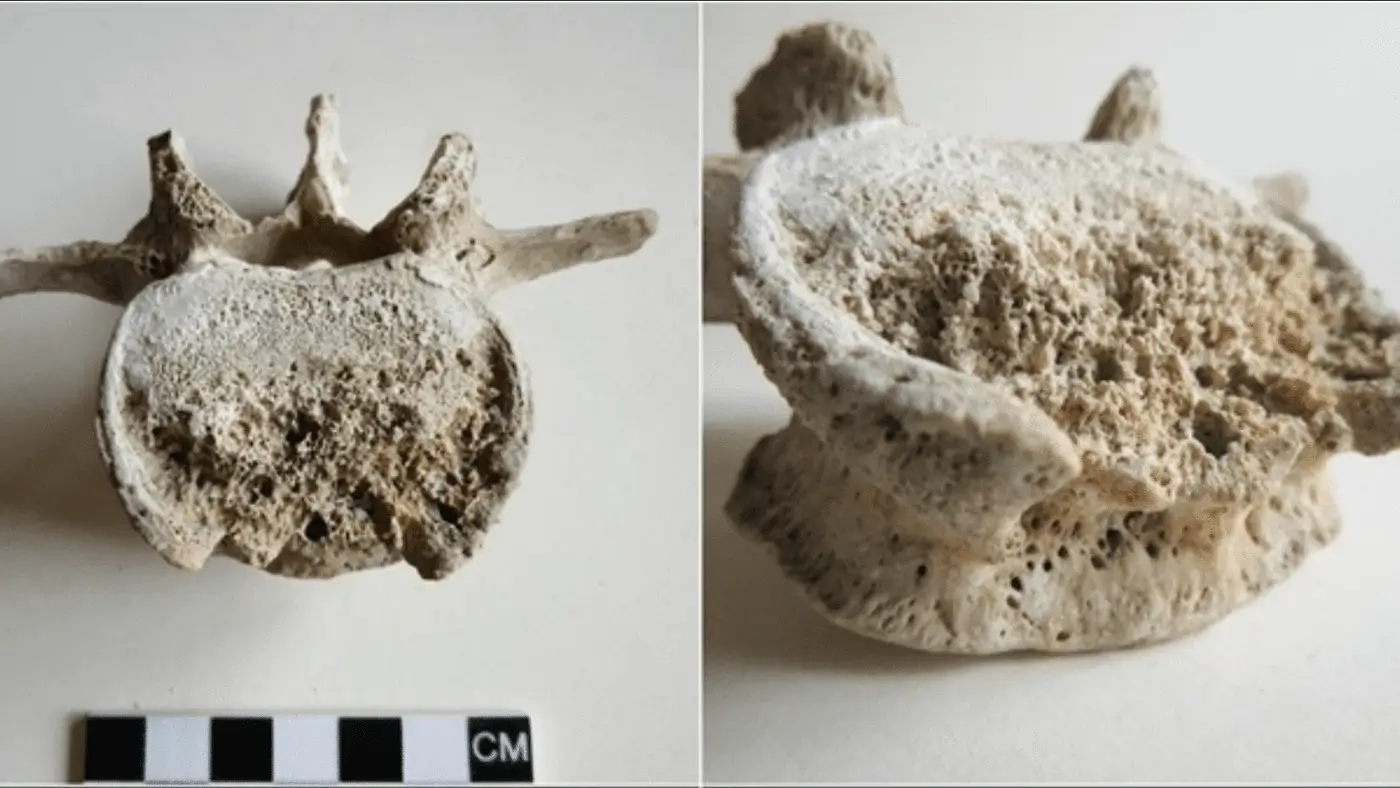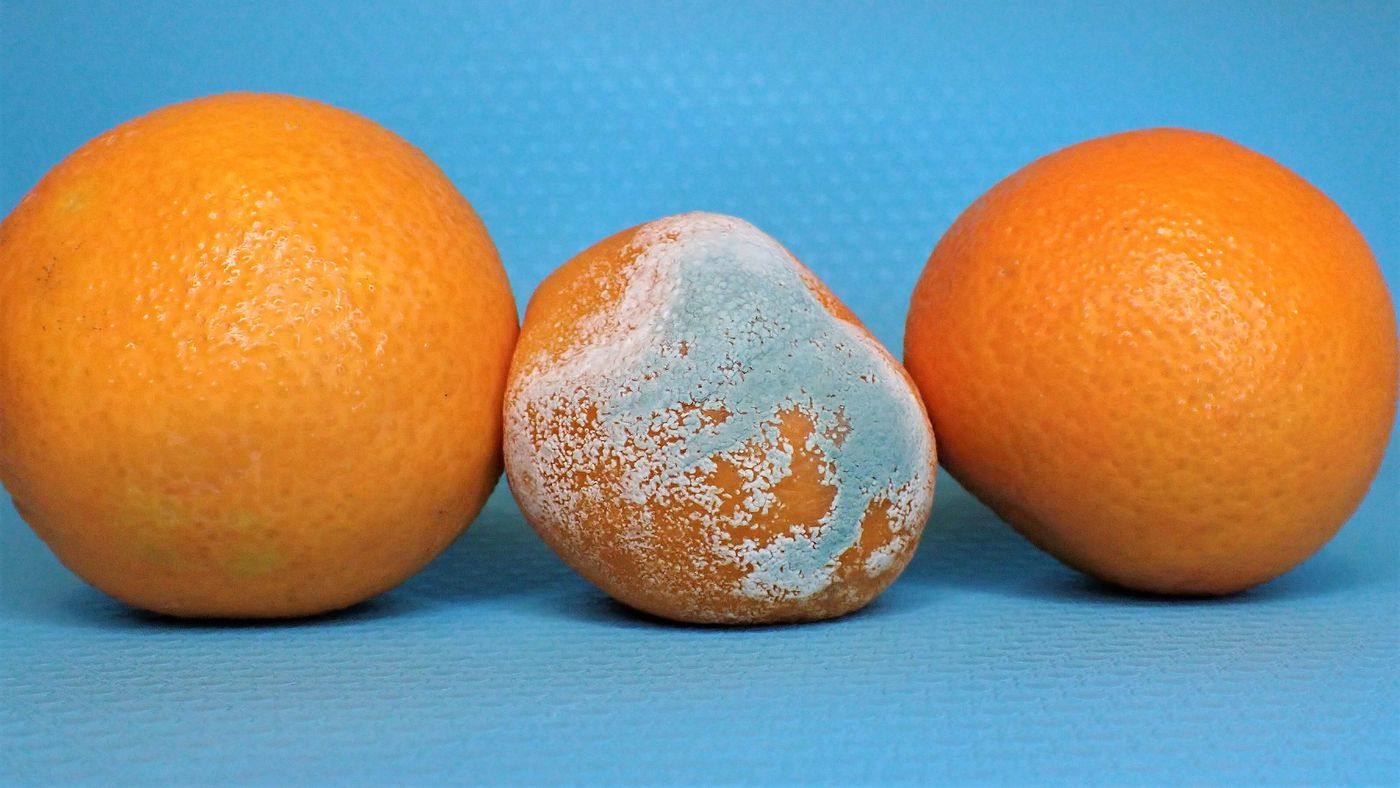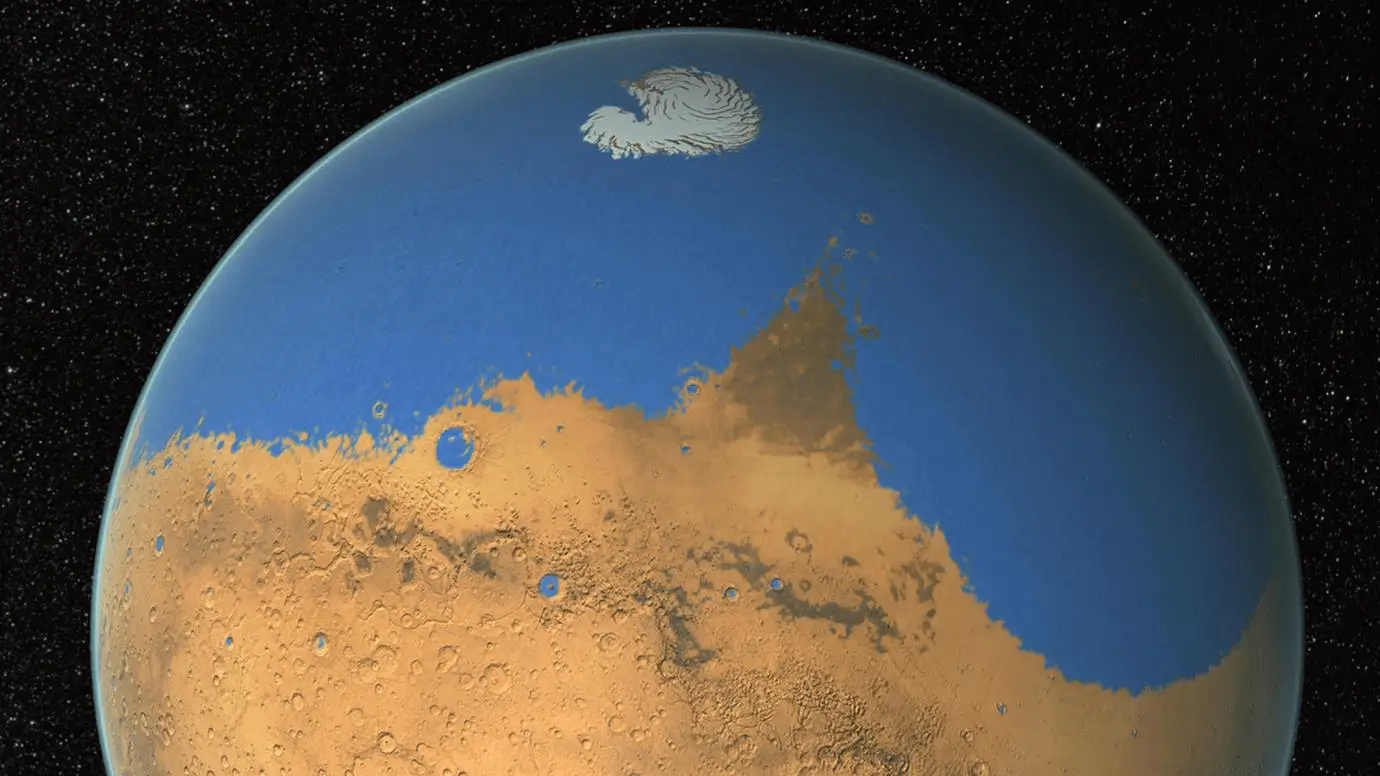Lost Mayan city found in Mexico, Yucatan Peninsula
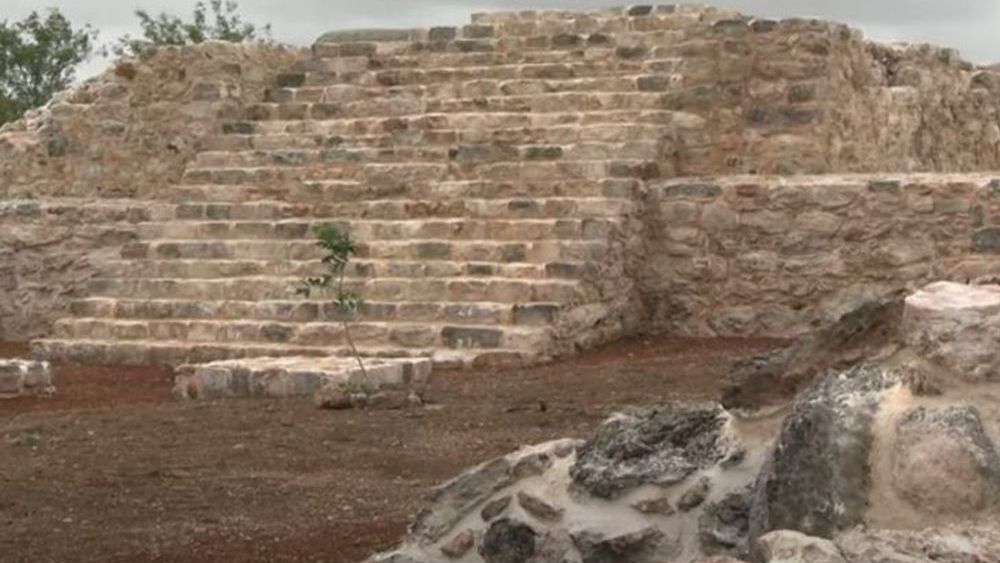
Archaeologists discovered a Mayan city during the construction of an industrial park in Mexico, on the Yucatan Peninsula, near the city of Mérida. Named Xiol, the site was dated between 600 and 900 AD, the late classic period of Mayan history, a troubled time of pre-Columbian civilization: in the 9th century, a large part of this society fell, cities were abandoned and dynasties ended.
- Remains of 2,000-year-old abandoned farm found in Israel
- 3,400-year-old underwater city revealed after drought in Iraq
Those responsible for the discovery and restoration were professionals from the National Institute of Anthropology and History (INAH), in Mexico.
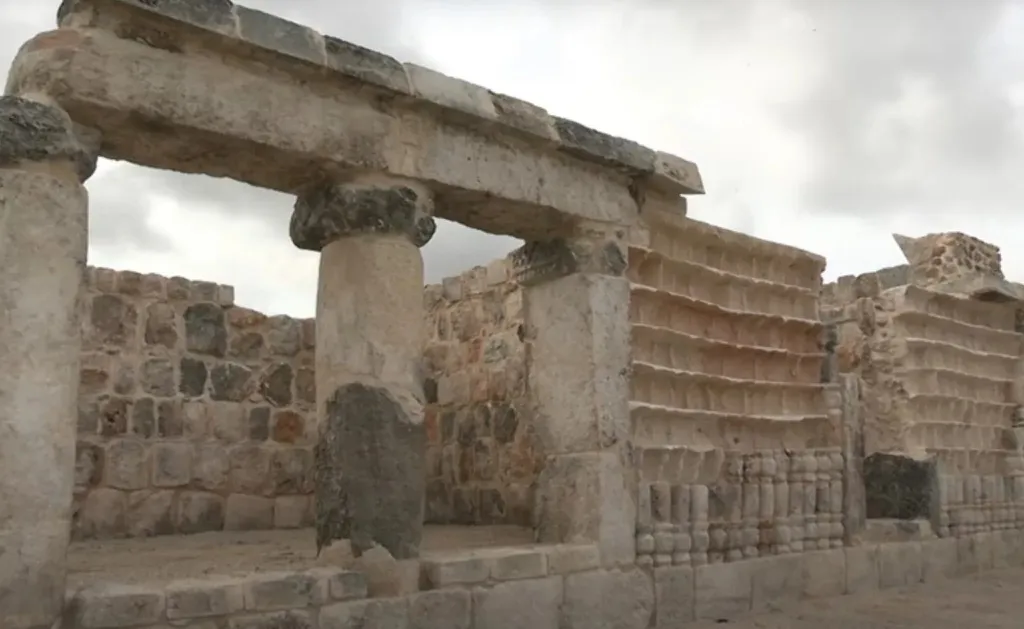
Named Xiol, the city was excavated and restored, with works beginning in 2015 (Image: Instituto Nacional de Antropología e Historia)
Find details
The archaeological site was discovered for the first time in 2015, but the disclosure was only made after excavation and restoration work by professionals in the field. The site's structures are in the Puuc style, iconic architecture of Mayan cities, and include a ceremonial complex with a platform and a small pyramid.
Ruins of palaces, several plazas, raised platforms, carved stone heads and altars were also found, as well as a cenote (natural cave with underground water) probably used for ritual offerings to the Mayan gods. 38 funerary deposits containing offerings of pottery, jewelry, obsidian tools and flint were exhumed by archaeologists, demonstrating the burial customs of the inhabitants of Xiol, as well as anthropological data on the local population.
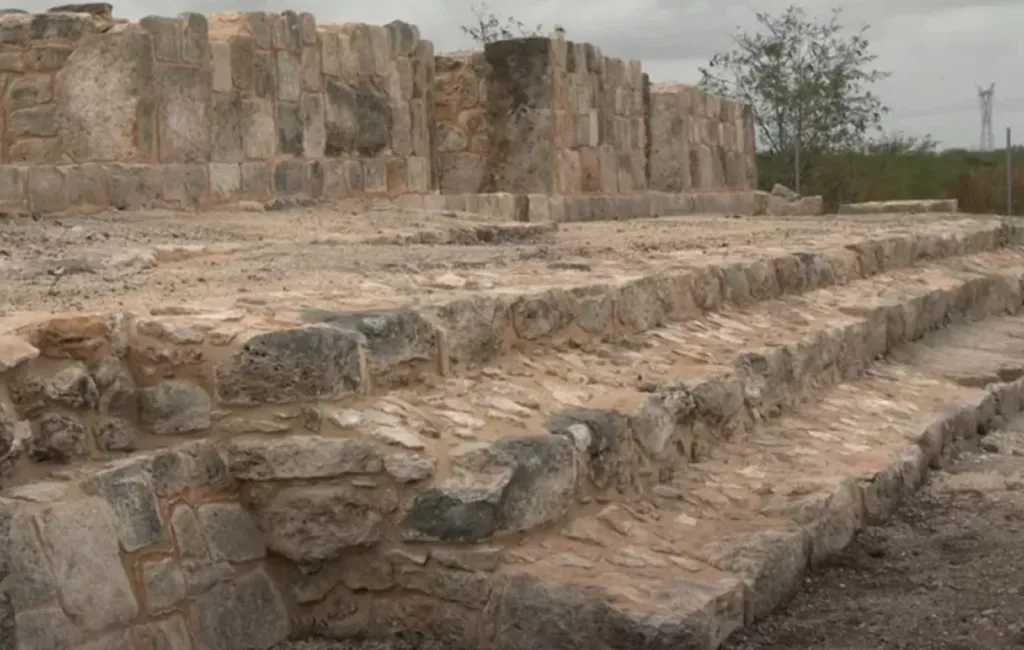
Details about the funerary practices of pre-Columbian peoples were revealed by archaeological discovery (Image: Instituto Nacional de Antropología e Historia)
There are also remains of marine life, which suggests a fish diet to complement the agricultural basis of the diet preferred by the Mayan people. So far, 12 structures have been identified and restored, with evidence of other archaeological ruins in the fields and low-lying jungle surrounding the site.

